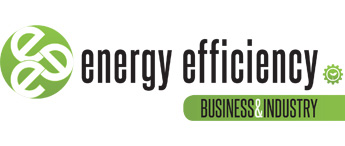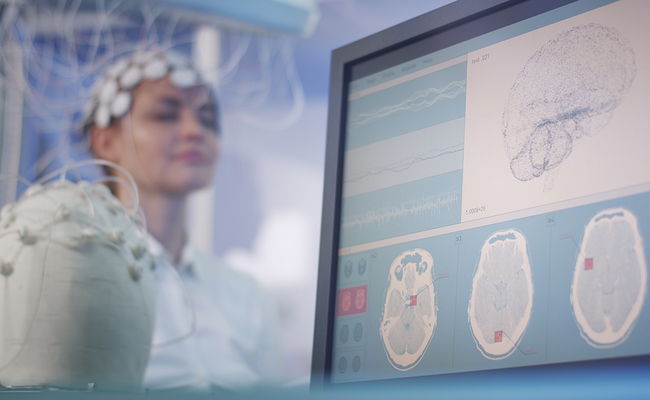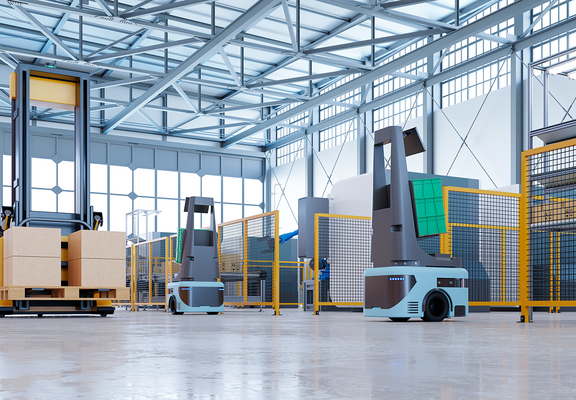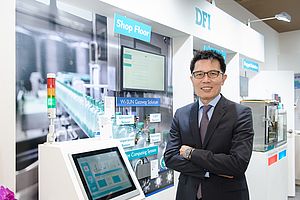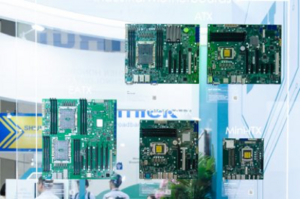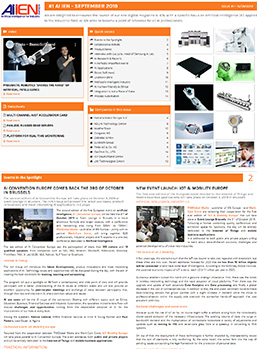With the trend in global “smartification” showing no sign of slowing down, businesses are resorting to digital transformation for sustainable growth. This highlights the increasing importance of the role that IPCs play. Under the AIoT paradigm, enterprises are now stressing more on the importance of networking to external cloud and servers, which has already shifted the course for IPC design.
Jarry Chang is the Senior Director of Product Center at DFI, and makes high-level decisions in support of DFI’s strategy planning, mission and vision for product and market development. He has been leading DFI in planning and designing market-oriented edge AI computing solutions, and dedicated to the development of innovative miniaturized embedded computing technologies.
IEN Europe: DFI celebrates its 40th anniversary. What achievements have been realized so far and what is coming next for the company?
Jarry Chang: Over the past 40 years, DFI, as one of the leading manufacturers in the Industrial PC industry with a focus on automation, has successfully assisted system integrators in various fields to build high-performance and highly reliable solutions through outstanding product and service quality. As the industry enters a new IoT generation, not only are we continuing to develop its existing business areas, but also are extending our product applications to boost edge computing development in 5G, smart healthcare, and in-vehicle infotainment in response to customer needs.
IEN Europe: Which kind of contribution does DFI bring to smart manufacturing? What are the key advantages of your solutions?
Since DFI has shifted to the industrial computer industry, we have focused on industrial automation and AI-driven edge computing. From high-precision automatic optical inspection (AOI) to automatic mobile robots (AMR), DFI is dedicated to continuous research and development in smaller and innovative industrial motherboards and embedded systems with optimized performance. Last year, we launched the world’s first tiny board built with AMD Embedded Ryzen Processor, GHF51, and successfully helped the clients downsize the facial recognition, traffic surveillance, and cold chain tracking equipment.
On the other hand, as the demands for industrial computers tend to be small-volume large-variety production, we’ve developed comprehensive industrial motherboard product portfolios and cultivated the techniques in fast custom service to help our clients integrate and deploy solutions faster.
IEN Europe: How can DFI accompany companies in their 5G expansion?
In industry 4.0, 5G is a key technology in the near future. Different from the mobile telecommunications standards of previous generations that focused on the consumer market, 5G further expands to industrial applications with its featured high network speed, broad bandwidth and multi-connectivity.
However, the mobile communication standards in the future will face frequent changes for performance upgrade, like 6G, and the device hardware specification will also have to be updated correspondingly and increase significant costs for operators.
In this regard, DFI will strengthen its COM Express for fast upgrade with a minimal cost as a countermeasure. Under the modular computer architecture, operators only need to replace the processor module and keep the input/output ports and interfaces on the carrier board, instead of discarding the whole motherboard. That is, developers can achieve fast system upgrades based on the past investment in the carrier board. Saving time and saving costs.
IEN Europe: What solutions do you offer in regard with energy efficiency matters for automation?
Energy efficiency is especially highlighted in mobile solutions like automated guided vehicles (AGV), automatic mobile robots (AMR), and unmanned aerial systems (UAV). These significant helpers in material transferring in factories or environmental monitoring for critical missions enhance delivery efficiency and can even complete tasks that cannot be done by humans.
For these smart mobile solutions, besides low power consumption, the AI vision analytic capability is also important to help them “react like humans”. For example, AMR requires not only the computer vision to recognize the obstacles, but also the analytic capability for map reconstruction and route planning. In the past years, DFI has helped several AMR makers with our small, powerful, and low power computers that function as the computing brains for both small and large AMR creation.
IEN Europe: Why AI computing, network capabilities and miniature design have become a must in IPCs?
In the early days, the Internet of Things (IoT) rose as a centralized computing architecture that sent all the data from the devices to the cloud. But as the workloads increased, the traditional centralized architecture failed to achieve the real-time response due to high latency and, sometimes, network instability.
With the background, the concept of edge AI architecture has emerged to make the end devices react to local events independently in real-time. Through continuous analysis and algorithm, edge AI helps machines to work independently, respond to the dynamics, and even discover insights to assist operators in optimizing the process. This, on the other hand, also reduces the risk of operational disruption in case of network instability or disconnection, and ensures the operation and security for critical applications such as industrial control systems.
To build a stable and long-lasting edge AI ecosystem, a robust and durable industrial computer in a small footprint is indispensable. Normally, the computing performance increases with computer size, so in the early days, the IoT devices were unable to be downsized in order to have adequate computing power. Not only do the large sizes consume more power than the small ones, but also have more limitations for deployment due to space. Nowadays, due to the progress of processor technology and improvement in heat dissipation, small-sized computers with even better performance can fuel AI and build the intelligent edge ecosystem in every corner.
IEN Europe: How have these advantages been enabling system integrators to quickly build systems that combine flexibility and performance?
In the edge AI ecosystem, IoT devices would be placed possibly everywhere, such as the overhead hoist transfer, shuttle between shelves, or mobile robot that requires a small form factor, lightweight and powerful computer with stable network to communicate with other devices.
According to our experience, since computers are the brain powering all the functions of the application, it is important for system integrators to obtain the computer with the required specification as quickly as possible. As the specification of industrial computers in small form factor varies for diverse applications, broad project experience is critical in refining the commonly used interfaces. With decades of experience in helping clients develop various applications, DFI provides comprehensive industrial SBC and motherboard portfolios with selected interfaces and I/Os to fast meet each project demand. Meanwhile, we also developed a sound system for quick semi-custom from the existing product portfolio. It not only reduces the computer developing time, but also speeds up clients’ projects and helps them be ahead of the curve in the automation industry.
IEN Europe: How can these advantages create new AIoT opportunities?
Under the current edge AI computing architecture, small computers have driven countless applications for smart factory transformation. So besides industrial automation, we also see the potential of edge AI in smart transportation and healthcare, and have also started planning our product strategies for these two sectors.
One of the most important trends these years is autonomous cars in the in-vehicle sector, and the demand for in-vehicle infotainment is estimated to rise along. As the driving assisting technology becomes mature, the interior space of a car in the future will become a "second living room" or "extended office," and its infotainment functions will require to be integrated with the home devices or devices at our hands to synchronize all the data and information as a more comprehensive system.
To build reliable in-vehicle infotainment peripheral devices, DFI will focus on offering system integrators highly stable and integrated computing systems with various sizes and levels of performance and wide operating temperature range according to their needs. In terms of device integration, DFI has partnered with Canonical to fuel the infotainment data synchronization and system updates remotely through the latest Over-the-Air (OTA) architecture. As a member of Mobility in Harmony (MIH) Alliance, an open platform for electric vehicles, DFI will also engage in the development of electric vehicles in the future.
In terms of healthcare, most smart solutions currently target large hospitals, but we also noticed that intelligent healthcare is also moving towards decentralized small and medium-sized hospitals and clinics, such as dental CT scans, skin diagnosis or PCR biological testing in clinics in response to the epidemic. Therefore, the medical capacity of small and medium-sized hospitals and clinics must be further enhanced in the future.
Due to the limited space in these institutes, the size of the equipment is also limited, but the computing performance is required the same or even better to offer the same medical quality. By leveraging the small and powerful industrial computers, the smart medical solutions can be shrunk to a smaller footprint while having sufficient power to swiftly detect physiological conditions and help doctors in evaluating the treatment. In response to these needs, DFI will provide small-size and high-performance medical computing solutions for medical institutions or clinics and help them build the most optimal smart medical system.
Anis Zenadji
